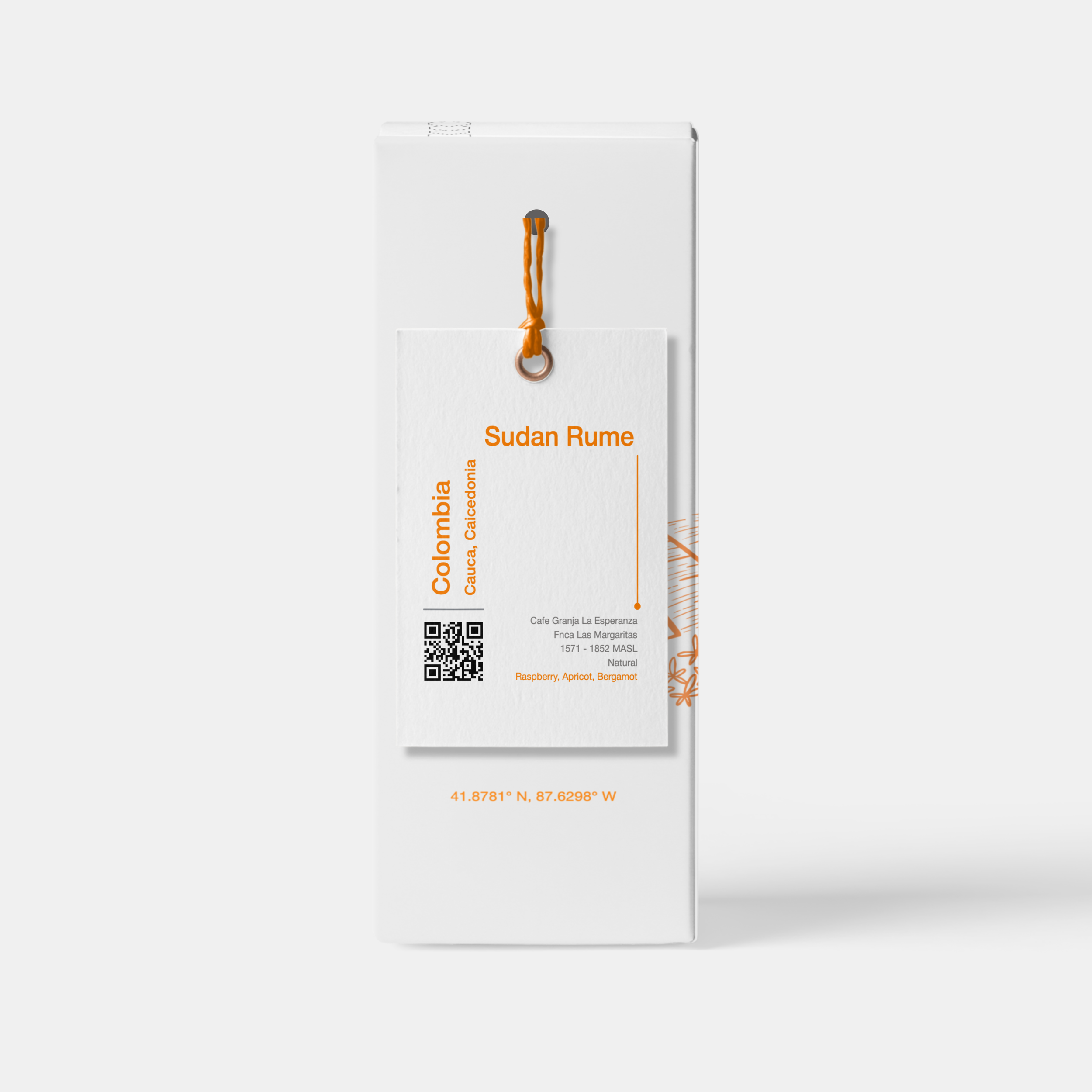Sidra Coffee Variety: History, Genetics, Flavor Profile, and Cultivation
Sidra coffee is a relatively rare variety that has gained recognition for its extraordinary cup quality and unique genetic background. Though its precise origins remain somewhat unclear, it is believed to be a hybrid of Bourbon and Typica, two of the most renowned Arabica coffee lineages. First cultivated in Ecuador, Sidra has quickly made a name for itself in the specialty coffee world due to its vibrant acidity, floral aromatics, and pronounced fruit notes. Unlike many commercially developed hybrids that prioritize disease resistance or yield, Sidra has been cultivated primarily for its exceptional flavor potential, making it a prized variety among coffee producers and enthusiasts alike.
Creating new crosses through hand-pollination at WCR’s Flor Amarilla Research Farm in El Salvador. Photo by: World Coffee Research
The genetic makeup of Sidra contributes significantly to its appeal. It combines the refined sweetness and clarity of Typica with the rich body and fruit-forward nature of Bourbon, resulting in a coffee that is both complex and well-balanced. This combination allows Sidra to express a wide range of sensory attributes, from delicate florals and citrus to deeper, jammy fruit tones, depending on its terroir and processing method. Unlike other hybrids designed to enhance resilience, Sidra remains susceptible to common coffee diseases like leaf rust and coffee berry disease, which presents challenges for farmers attempting to grow it at scale. Additionally, its relatively low yield compared to modern hybrids makes it a less economically viable choice for large-scale commercial production. However, its extraordinary sensory attributes often justify the additional effort required for its cultivation, particularly in high-altitude environments where its flavors are most pronounced, developing greater complexity, heightened acidity, and an elegant, tea-like body that sets it apart in the specialty coffee market.
Sidra Farm, from one of our partners in Colombia; El Vergel Estate.
Sidra's physical characteristics also make it a distinct variety. The trees tend to grow tall, similar to Typica, with an elegant, slightly drooping branch structure. Its broad, dark green leaves and medium-to-large cherries give it a striking presence on coffee farms. Due to its height and growth habits, Sidra requires careful pruning and management to maximize productivity and ensure that the plant's energy is directed toward optimal cherry development. While its yield is not as high as that of more modern hybrids, the superior quality of its beans makes it a worthwhile choice for producers dedicated to specialty coffee.
What truly sets Sidra apart is its cup profile, which is often compared to Gesha for its complexity and elegance. It offers a refined acidity that can range from bright citrus to delicate tropical fruit, complemented by jasmine-like florals and a silky body. Depending on the processing method, Sidra can present layers of red berries, stone fruit, and even tea-like qualities that contribute to its distinctive character. Many producers have experimented with anaerobic and extended fermentation techniques to enhance its inherent vibrancy, resulting in even more expressive and unique flavor profiles. As demand for rare and exotic coffee varieties continues to rise, Sidra has emerged as a standout choice among high-end specialty coffee producers. Farms such as Café Granja La Esperanza in Colombia and pioneers like Pepe Jijón have showcased its potential through meticulous cultivation and innovative processing.
Pepe Jijón, an Ecuadorian producer and adventurer, is renowned for his farm Finca Soledad, where he cultivates high-altitude Sidra using regenerative and biodynamic farming practices. His commitment to extreme terroirs and sustainable cultivation has resulted in coffees that consistently push the boundaries of quality and complexity, earning recognition in global competitions. In Valle del Cauca, Colombia, Café Granja La Esperanza is known for its dedication to experimental coffee production, sustainable farming practices, and a portfolio of exotic varieties that consistently achieve top scores in global coffee competitions. With its growing popularity and exceptional cup quality, Sidra is well on its way to becoming one of the most sought-after varieties in the coffee world, offering an unparalleled experience for those who appreciate complexity, balance, and floral elegance in their coffee. Farms such as Café Granja La Esperanza in Colombia have showcased its potential through meticulous cultivation and innovative processing, producing coffees that have gained international recognition. Located in Valle del Cauca, Colombia, Café Granja La Esperanza is known for its dedication to experimental coffee production, sustainable farming practices, and a portfolio of exotic varieties that consistently achieve top scores in global coffee competitions. With its growing popularity and exceptional cup quality, Sidra is well on its way to becoming one of the most sought-after varieties in the coffee world, offering an unparalleled experience for those who appreciate complexity, balance, and floral elegance in their coffee.
The Sidra coffee variety gained prominence largely through its use in prestigious coffee competitions. Notably, in the 2019 World Barista Championship, South Korean barista Jooyeon Jeon utilized Sidra in her routine, showcasing its exceptional qualities to a global audience. Additionally, in the 2019 World Barista Championship, Canadian barista Cole Torode employed a natural Sidra from Finca El Diviso, achieving third place and further highlighting the variety's excellence. These high-profile performances have significantly contributed to Sidra's growing recognition and popularity within the specialty coffee community.




